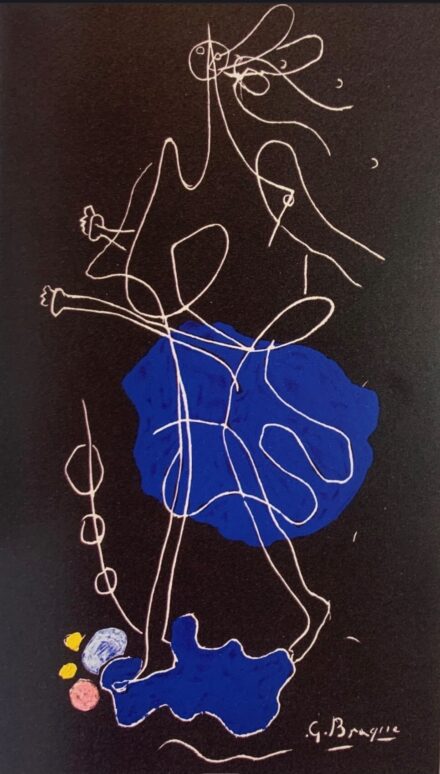Ireland’s Historic Gardens two-part documentary on RTÉ ÓNE
17.09.2021
Posted by IGS

Sunday 26th September & Sunday 3rd October
6.30 – 7.30pm
RTÉ ÓNE
Ireland’s Historic Gardens is a two part documentary written and presented by author and historian Robert O’Byrne (Luggala Days, The Irish Georgian Society - A Celebration, Romantic Irish Homes, Ruins of Ireland); and produced and directed by David Hare (Great Lighthouses of Ireland, Ballyfin - Portrait of an Irish Country House; and Henry McIlhenny, Master of Glenveagh).
The two, hour long programmes examine the history of Ireland’s country house gardens over the last 400 years during which time garden design has reflected political and social changes taking place within the country. In the seventeenth century, for example, the decision to plant your garden in the French or Dutch style reflected your political allegiance.
The story begins at Lismore Castle, which has the oldest continuously cultivated garden in Ireland - before this, what we recognise as gardens could only be found in friaries, monasteries and convents, all of which were closed down or destroyed during the Dissolution of the Monasteries, started by Henry VIII in the mid-sixteenth century.
Fashions in garden design changed from Italian Renaissance style (Portumna Castle), to the rigid formality of the Baroque era, exemplified by straight lines and symmetry (Kilruddery, and the Royal Hospital, Kilmainham). This in turn gave way to sweeping Arcadian landscapes (Ballyfin), totally man-made, but designed to look natural. In the nineteenth century, garden design moved back once more to formality and structure (Abbeyleix and Powerscourt) until, inevitably, a wilder, informal aesthetic became, and remains, popular (Mount Usher and Dereen). Follies, glasshouses, and walled gardens all have important parts to play in the evolution of Irish garden design.
The story of Ireland’s country house gardens is also the story of the men and women who commissioned, designed, and maintained them, including the Earl of Charlemont, generations of the Acton family, and William Robinson.
Robert O’Byrne visits seventeen significant and influential gardens and meets gardeners, historians and owners, each of whom adds insight and knowledge to the fascinating story of Ireland’s country house gardens. Ireland’s Historic Gardens is produced and directed by David Hare of Inproduction TV for RTE, in association with the Office of Public Works and the Irish Georgian Society
*Robert O'Byrne, former vice-President of the IGS, has curated a unique exhibition of some fifty specially commissioned paintings of Irish Walled Gardens by four leading artists, which will be launched by the Irish Georgian Society later this month in the City Assembly House, South William Street, Dublin. Stepping Through the Gate: Inside Ireland’s Walled Gardens, will be of exceptional interest to anyone with an interest in Irish gardens and gardening. The exhibition will run from Friday 24th September until late November 2021.
Biography:
Robert O’Byrne has become one of Ireland’s best-known writers and lecturers specialising in the country’s fine and decorative arts. He is the author of more than a dozen books, among them Luggala: The Story of a Guinness House and Romantic Irish Homes. A former Vice-President of the Irish Georgian Society, he is currently a trustee of the Apollo Foundation and the Artists Collecting Society.
He writes a monthly column for Apollo magazine, and is also a contributor to The Burlington Magazine and the Irish Arts Review. Since 2012 he has written an award-winning blog, www.theirishaesthete.com and a book of his photographs from this – The Irish Aesthete: Ruins of Ireland - was published in March 2019: his photographs can also be seen on Instagram, @theirishaesthete
Robert has a passionate interest in Ireland’s architectural and horticultural heritage, and has written extensively about both. During 2021/22 he is curating two exhibitions examining the history and evolution of Irish country house gardens, including her walled gardens, across three centuries. He is also presenting a two part television series on the same subject on RTE One television, and is co-editing a book on Ireland’s historic gardens due to be published next year.






